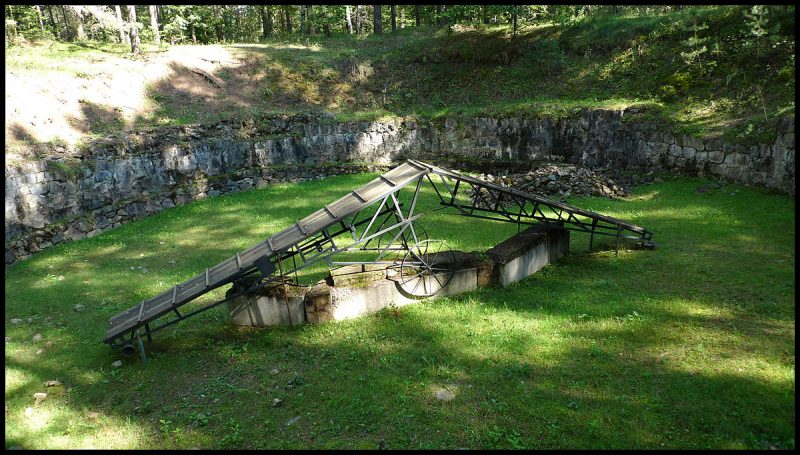In the most terrible situations, such as to the horrors of wartime atrocities and massacres, it is amazing how certain people manage to hold on to a spark of hope which, together with bravery and stubbornness, feeds their survival instinct.
These characteristics were evident when, during WWII, 80 Jewish prisoners, forced to work as Leichenkommando (corpse units) in the Ponary forest near Vilnius in Lithuania, began digging the escape tunnel which has recently been discovered beneath the death camp at Ponary ( in Polish, Paneriai). Having taken note of a number of survivor stories and having studied the reports of this terrible period of Holocaust history, Dr. Richard Freund, together with his team, finally managed to locate this secret escape tunnel, beneath the Nazi death camp. It is reported to be about 3 meters below the ground and 30 meters long. It is a testament to men who did not give up hope.
In July of 1941, the Wehrmacht overran Lithuania and immediately upon reaching Vilnius, began rounding up the Jews and establishing Ghettos. By September they had already, in one “Aktion,” shot over 3000 people, followed soon after by the rounding up of over 6000 more people. The captives were marched into the nearby forest, relieved of their valuables, ordered to remove their outer clothing, forced to stand before huge pits and then mercilessly gunned down. The bodies were left in the pits, as and where they fell, and were just covered up with sand.
This horrendous killing of men, women, and children continued throughout the following years, although the rate of the killings slowed down somewhat.
It was during 1943 that the Nazi units began making efforts to conceal these crimes and so brought 80 Jewish prisoners from the Stutthof concentration camp to work as a ‘corpse brigade’. These prisoners had to live and work at the burial pits, where they were forced to dig up the bodies, stack them on piles of wood and burn them. Afterward, the ashes had to be ground up, mixed with sand and then scattered or buried – all in the attempt to hide the evidence of these horrific acts.
Realizing that they were most likely to be exterminated soon and desperate to leave behind the gruesome horrors they were forced to work with, these prisoners began digging an escape tunnel. They are said to have used any usable item found near the bodies they had been forced to excavate – and even their bare hands. In spite of the terrible hardships, these brave men, with little other than hope to sustain them, began planning their escape. It took them about three months of secret digging before the tunnel was finally ready, and the prisoners used it to make their escape into the surrounding woods.
After such perseverance, together with the hope which kept them going against all the odds, it is sad that only 12 of the escapees managed to evade the Nazis, 11 of whom eventually survived the war – and so were able to tell us their tale. Today, at Ponary, there is a memorial to all those from the Vilnius area who suffered so heavily, who were persecuted or who murdered during those war years – they shall be remembered.
